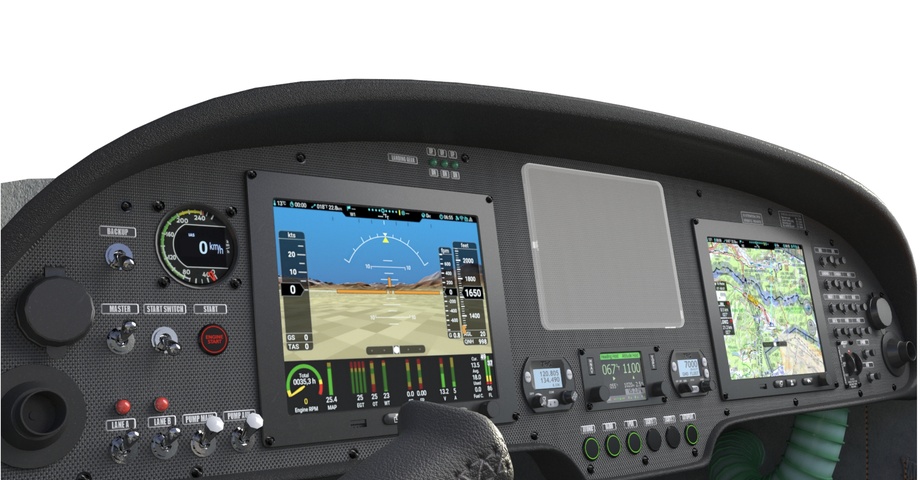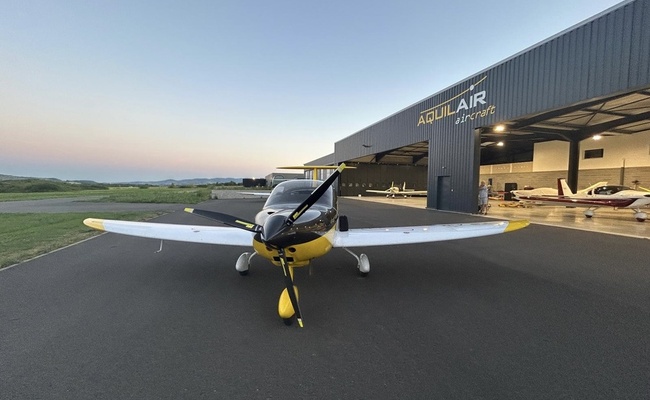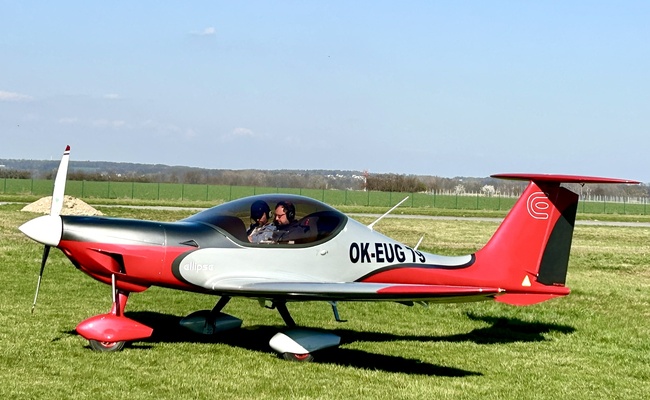FAQ part 2: What is ELT and FLARM
31. May 2022

In the second part of frequently asked questions, we look at the instrument panel and two important devices you can find here: ELT (emergency locator transmitter) and FLARM (flight alarm).
ELT – what it is and how it can be helpful for an UL pilot
ELT stands for an Emergency Locator Transmitter (ELT). It is the device that broadcasts distinctive signals on designated frequencies and, depending on the application, may be automatically or manually activated.
For us, ultralight pilots (UL), ELT is useful as a safety device. ELT is registered with your local authorities, and the SAR (Search and Rescue Services) will be activated via the central controls should any difficulties occur.
In some countries, an ELT device is compulsory, and it is recommended to check if your local regulations require the device for operations in a particular region.
As a pilot, you have to check the batteries, and every four to five years, battery replacement is required.
FLARM – what it is and how it can be helpful for an UL pilot
FLARM (an acronym based on 'flight alarm') is the proprietary name for an electronic device that is in use to alert pilots of small aircraft to potential collisions with other aircraft that are similarly equipped.
The device, which is recently supplied under the proprietary name 'PowerFLARM', has options that allow detecting an aircraft fitted with ADS-B capable transponders and provide estimated range and altitude difference on other aircraft equipped with mode C/S transponders.
The solution to visualise traffic and position is easy with the instrument panel set called SECUNDO (traffic is displayed on NESIS III by KANARDIA directly). PRIMIS and TERTIUS must use a dedicated display to visualise the traffic and the distance to the potential obstacle.
As we believe in safety as the critical element for your flying, the FLARM option is available for all instrument sets when you configure ellipse. FLARM is highly recommended for densily populated airports and airfields, and areas where the glider flying is massive. It helps to avoid any surprises during your flight.


